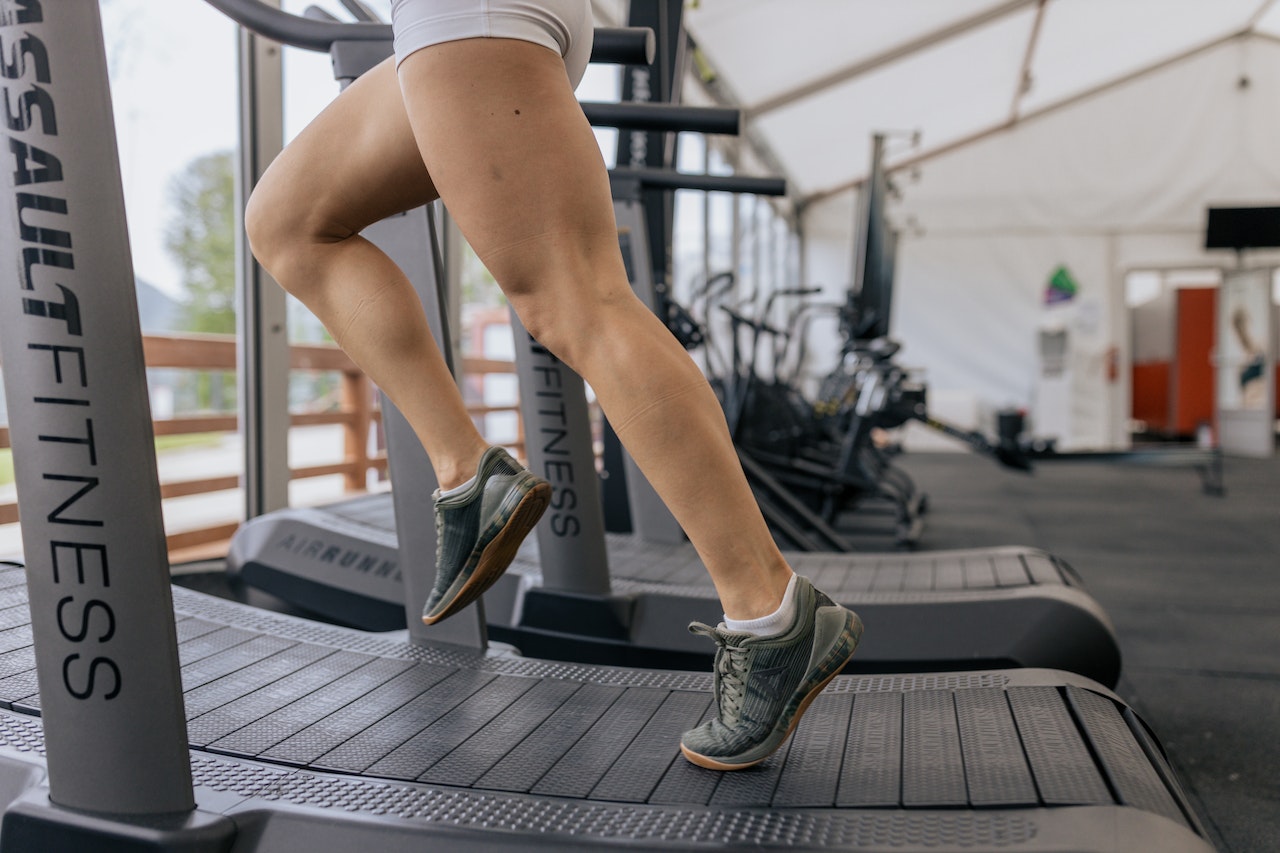
Cardiovascular exercise, commonly known as cardio, has long been touted as a fundamental component of weight loss and overall fitness. However, the relationship between cardio and fat loss isn’t as straightforward as it may seem. While cardio can indeed contribute to fat loss when done correctly, it can also have the potential to hinder your results if not approached with care and a clear strategy in mind.
In this article, we will explore the benefits and potential drawbacks of cardio in the context of fat loss.
The Benefits of Cardio for Fat Loss
- Calorie Burn: One of the primary benefits of cardio for fat loss is the significant calorie expenditure it offers. Engaging in activities like running, cycling, swimming, and brisk walking can help create a calorie deficit, which is crucial for weight loss. When you burn more calories than you consume, your body taps into its fat stores for energy.
- Improved Heart Health: Cardiovascular exercise enhances heart health by strengthening the heart muscle and improving circulation. It can reduce the risk of heart diseases and help maintain overall health while on a weight loss journey.
- Mental Well-being: Cardio releases endorphins, the body’s natural mood boosters, which can help reduce stress, anxiety, and depression. This can be particularly important for individuals dealing with emotional eating or comfort eating, which can hinder fat loss efforts.
- Increased Metabolism: Regular cardio can boost your resting metabolic rate, which means you burn more calories even when you’re at rest. This makes it easier to maintain weight loss in the long run.
The Drawbacks of Cardio for Fat Loss
- Muscle Loss: Prolonged or excessive cardio, especially when coupled with a very low-calorie diet, can lead to muscle loss. Lean muscle mass is crucial for maintaining a healthy metabolism and achieving long-term fat loss goals.
- Adaptation: The human body is remarkable at adapting to repetitive exercise routines. Over time, it becomes more efficient at using calories, which means that you’ll burn fewer calories for the same effort. This can plateau your fat loss progress.
- Increased Hunger: Intense cardio can trigger an increase in appetite, leading to overcompensation with food intake. This overconsumption can negate the calorie deficit created during your workout.
- Time Commitment: Cardio workouts often require a significant time commitment to burn a substantial number of calories. This can be a challenge for individuals with busy schedules.
Strategies for Effective Cardio and Fat Loss
- Balance and Variety: Incorporate a balanced approach to fitness that includes strength training to preserve and build muscle while doing cardio to burn calories. Variety in your workouts can prevent adaptation and keep things interesting.
- High-Intensity Interval Training (HIIT): HIIT is an efficient way to burn calories and improve cardiovascular health in a shorter amount of time. It also has a smaller impact on muscle loss compared to long, steady-state cardio.
- Mindful Nutrition: Pay close attention to your diet. Fuel your body with the right nutrients and avoid overcompensating for your cardio workouts by consuming excessive calories.
- Monitor Progress: Keep track of your progress by measuring body composition, weight, and other relevant metrics. Adjust your cardio routine and diet as needed to keep the results coming.
Conclusion
Cardio is a valuable tool for fat loss when used correctly. It can burn calories, improve heart health, and enhance overall well-being. However, it’s essential to be aware of its potential drawbacks, such as muscle loss and the risk of overeating due to increased appetite. By approaching cardio with a balanced strategy and combining it with strength training, you can harness its benefits while minimizing its potential negative impacts, ultimately achieving your fat loss goals effectively.
Remember that every individual’s body is unique, so it’s important to consult with a fitness professional or a healthcare provider to create a personalized plan that suits your needs and goals.



